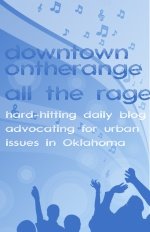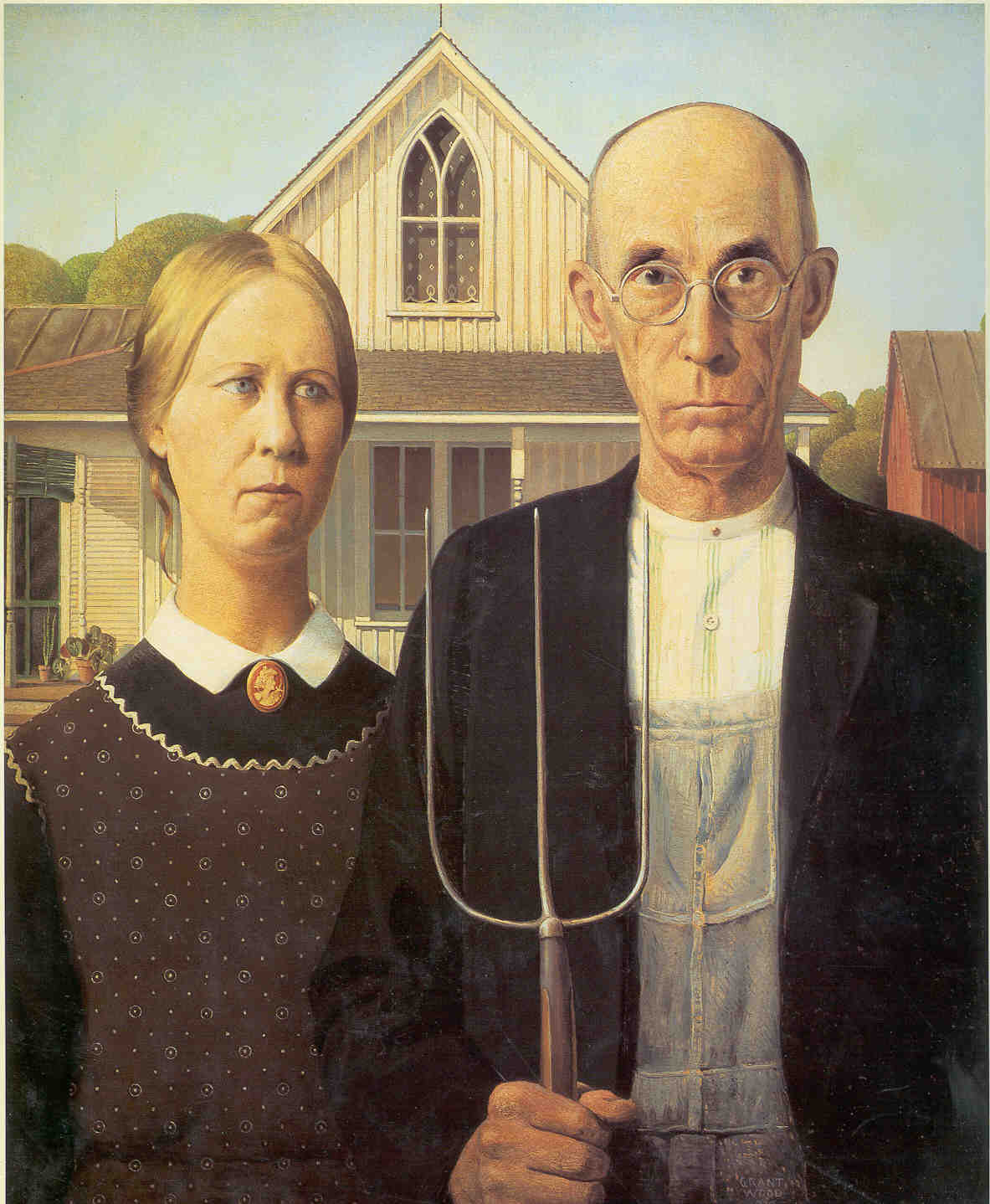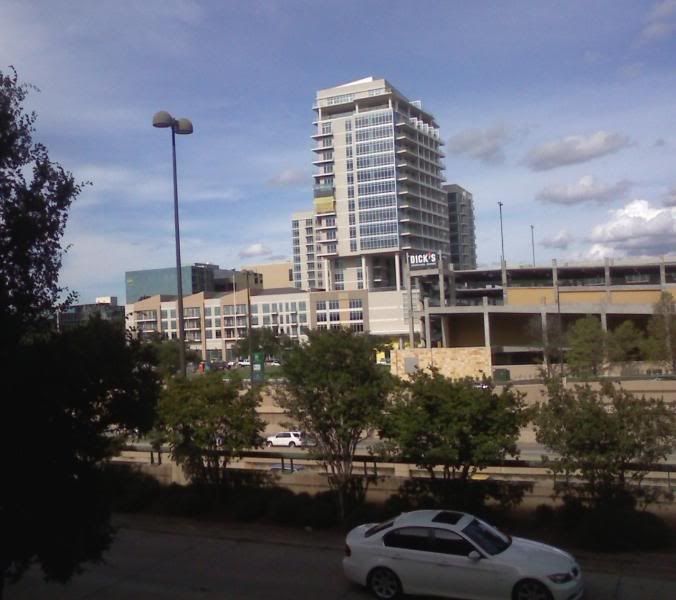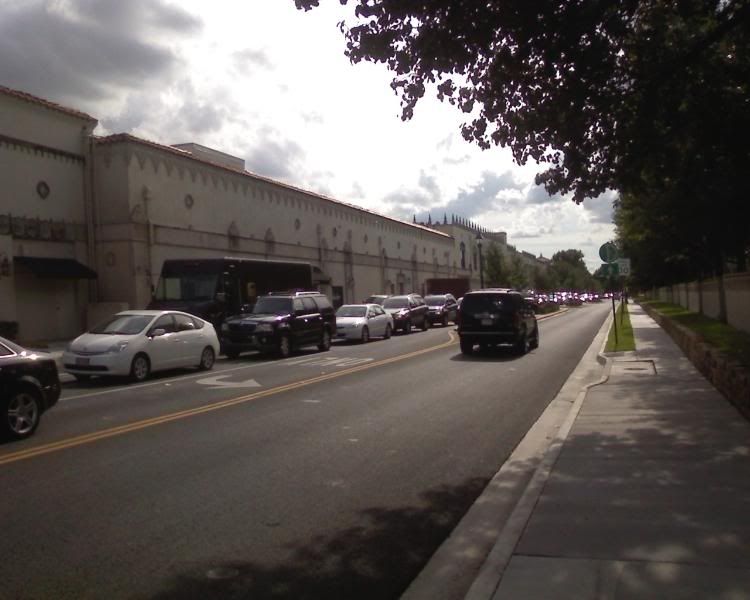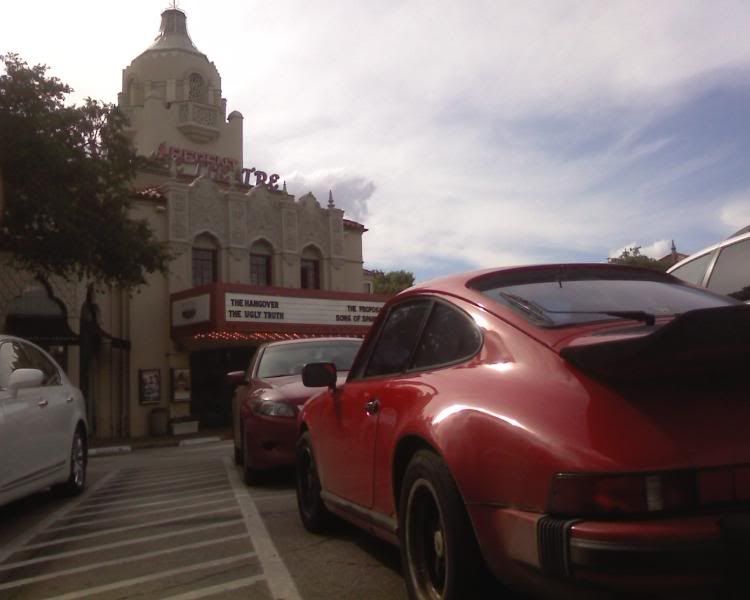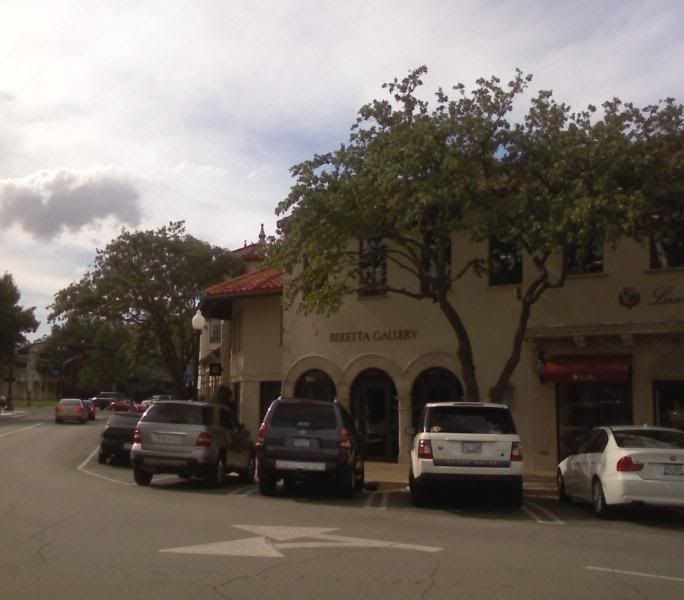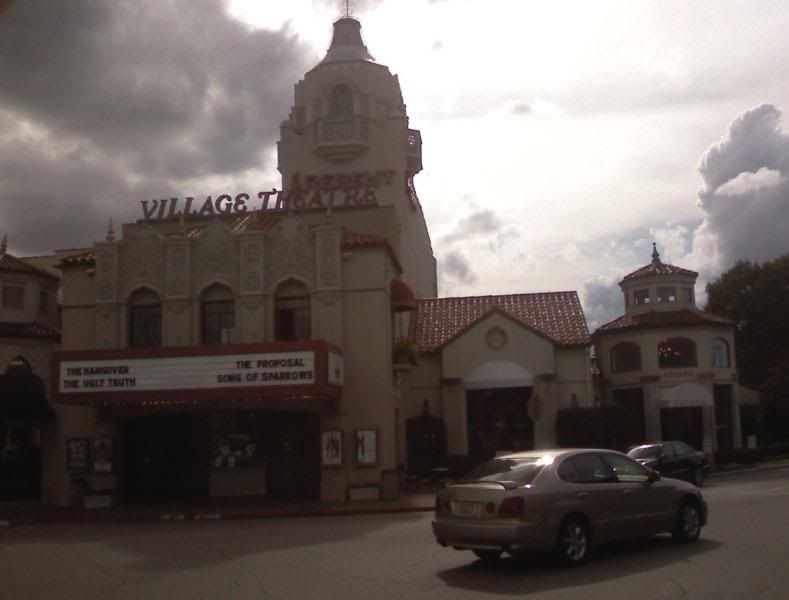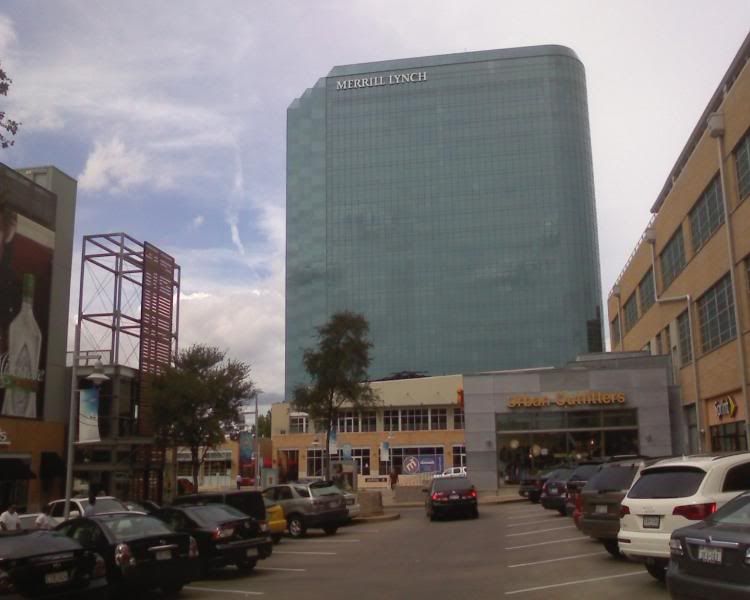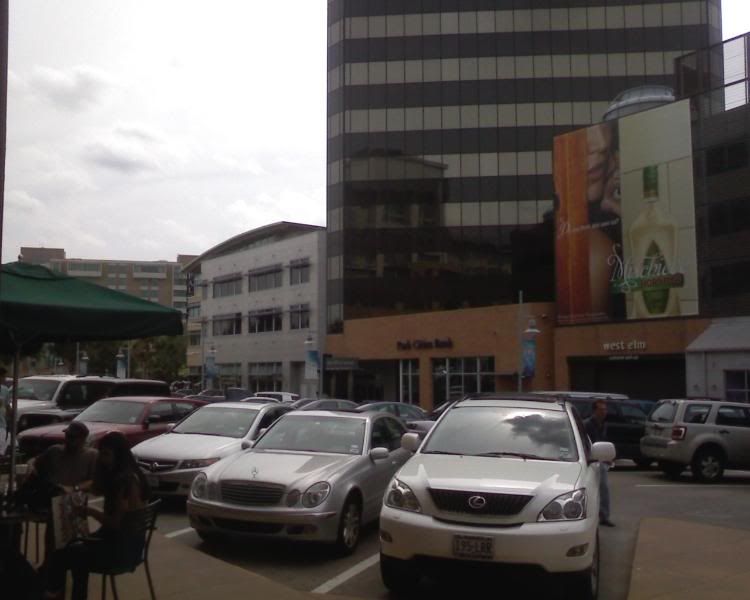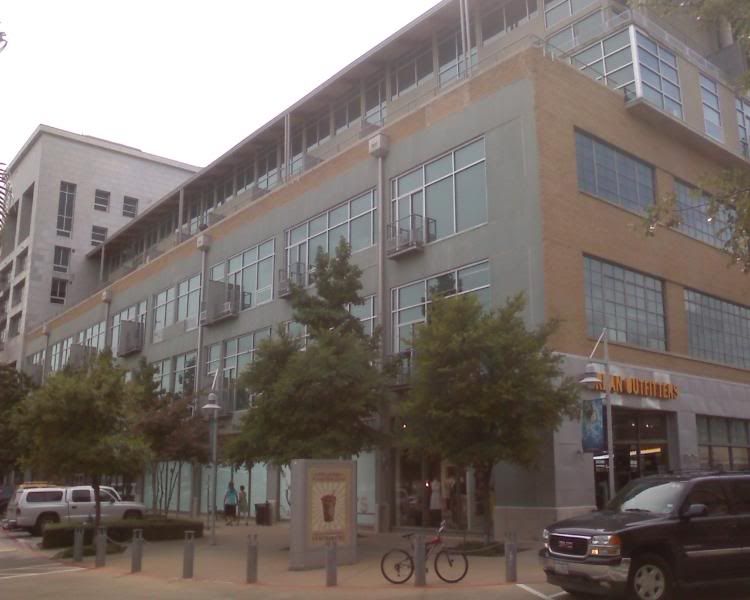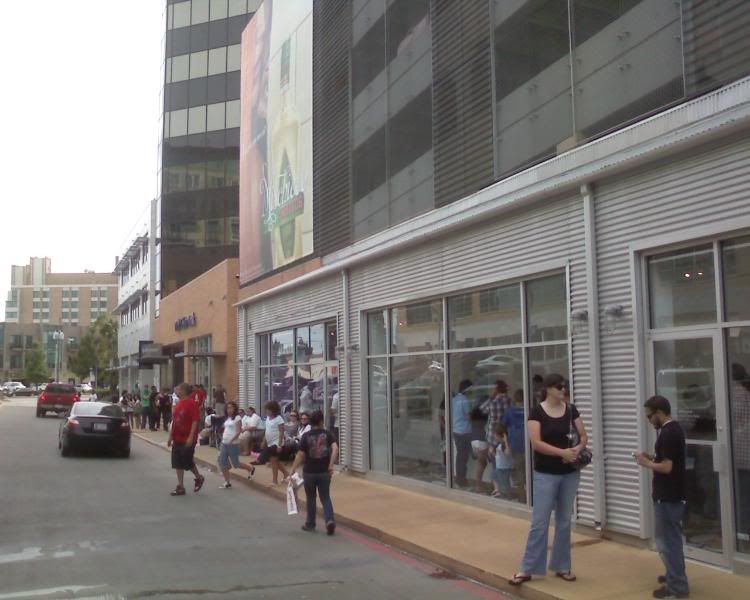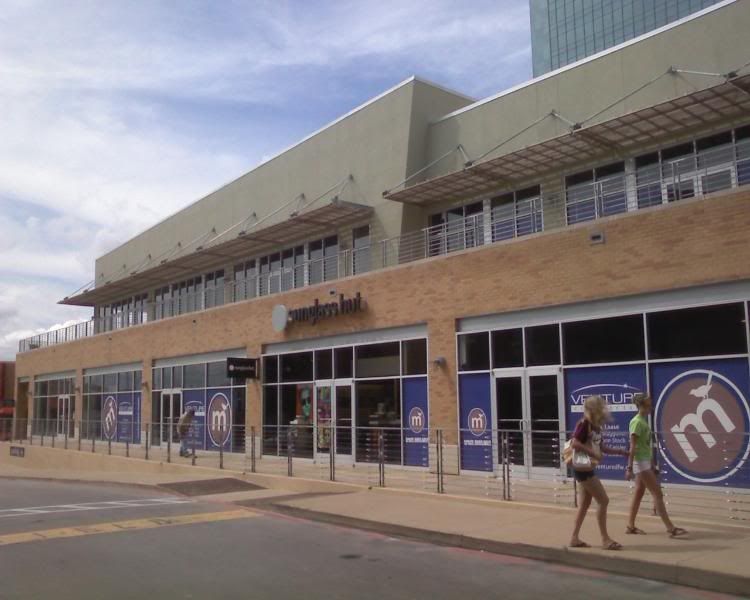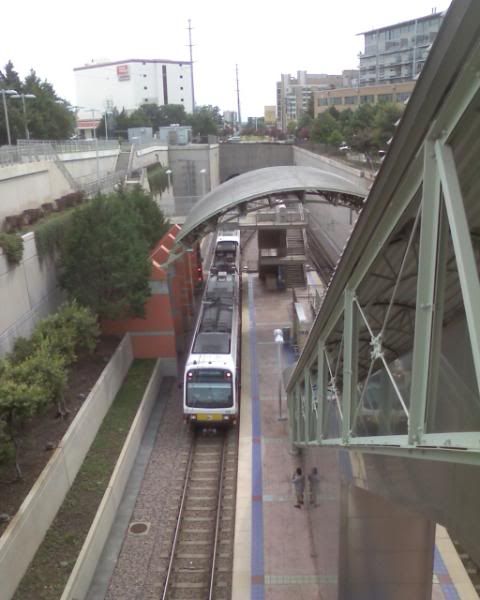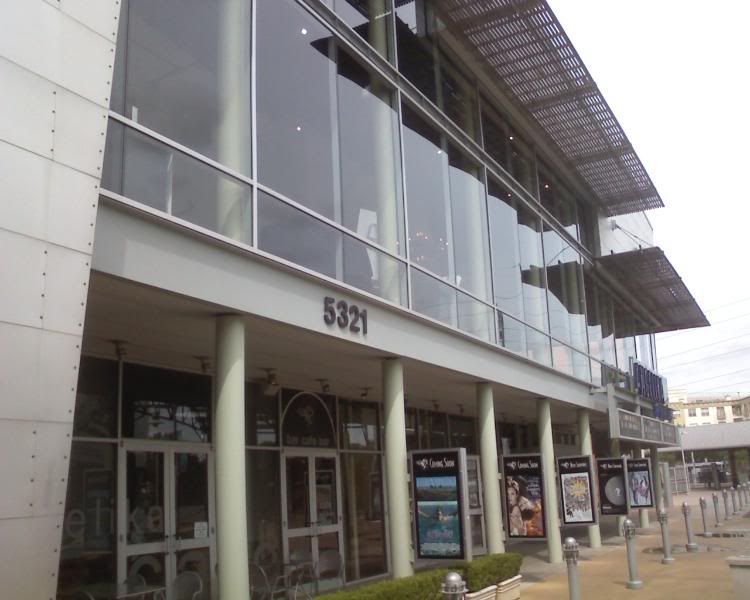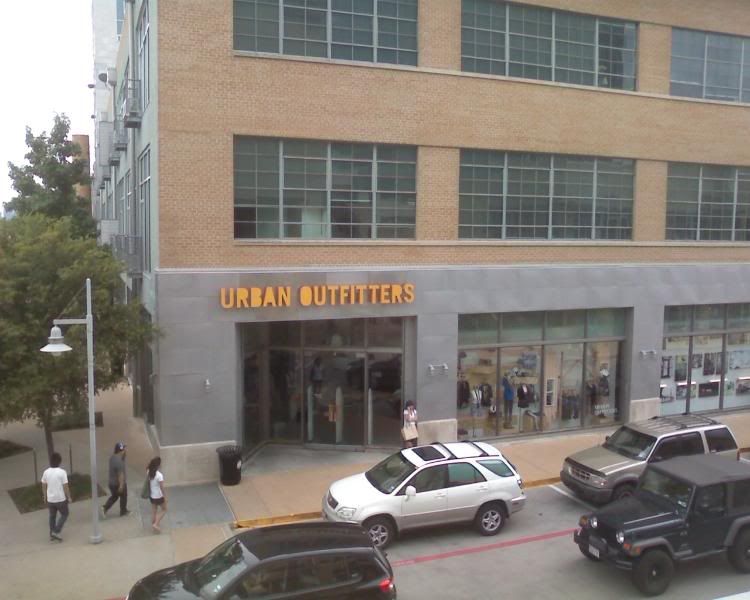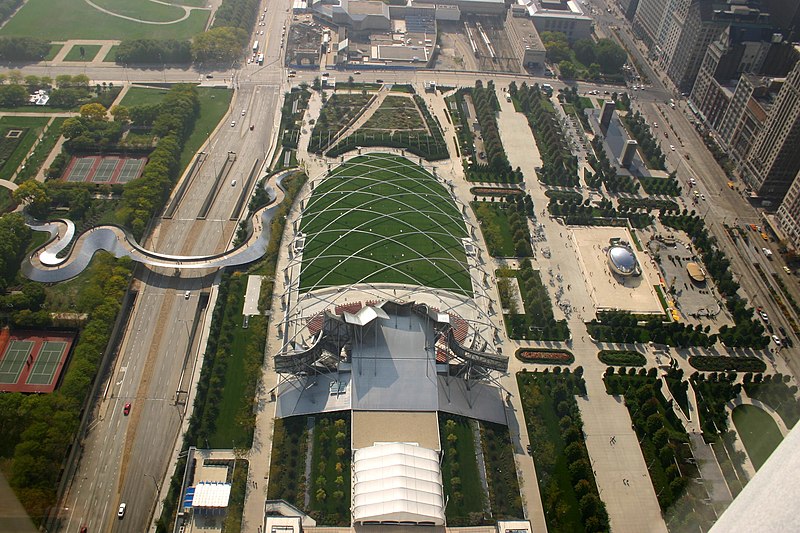I would like to talk about our central core, and I just wanted to bring up some important points that I‘ve been thinking about lately. It has become abundantly clear to me that our great city of 558,000 people is at a crossroads where we can chose two paths. One is we can treat downtown like a novelty, like the pet project of a popular former mayor..fill it up with things like a convention center, a soaringly wide boulevard for no reason, cute little statues, and so on. Or we can be pragmatic and treat downtown like a viable community that is capable of producing as much residential growth for our city as areas like Quail Springs or Westmoore. Because we have a “pet project mentality” with downtown currently, it’s as if providing vital infrastructure it needs to grow is apples and oranges when compared to providing vital infrastructure that the NW Expressway or Memorial Road needs. We don’t treat it just like any other part of the city; we put it on this special pedestal that mostly detracts from a serious can-do mentality when it comes to rejuvenating our lagging central core.
By our count on my website, www.okmet.org, last year we tabulated that there were 2,900 residential units in the pipeline for downtown. That was including projects that were under construction, recently approved, or serious proposals at the time..and including every project from Grant Humphreys’ mixed-use Waterfront project on the Oklahoma River, all the way up to Wiggin Properties’ Overholser Green project on the edge of Heritage Hills..the entire central core of Oklahoma City, if you will. Now we’re obviously down to a third of that count, with the national recession chipping away at the critical mass we came close to having achieved downtown. But the point is that had lenders not reigned in credit (even for a market that was stable) downtown would actually be growing faster than the rapidly-growing suburbs of Edmond or Moore. The proof is in the pudding that downtown can be a viable high-growth community just like the intersection of NW 220th and Penn. As we widen all of the arterial streets north of Quail Springs Mall to 4 lanes, let’s also consider that our central core is without a single grocery store, no public school, the streets that aren’t being streetscaped right now are crumbling, and our public transit is the laughing stock of the country.
This is important to consider because, according to a market study done by downtown’s private developers comparing 14 peer cities to OKC, our 14 peer cities averaged with around 5% of their metropolitan population living in the downtown area. With 1,262,000 people (and growing) accounted for in Metro OKC, that means that 63,000 people should be living downtown, or, slightly more folks than Moore. Presently just over 5,000 people live downtown, so we are..oh about 58,000 people short on that. It’s not surprising though. According to another market study conducted by Downtown OKC Inc., 10% of people surveyed would live downtown if only the right kind of housing at the right price were available (8%, or most of them, said it was “highly likely“ even, not just a possibility). 8% would mean a lot more people than the 63,000 I previously mentioned. The same Downtown OKC Inc. study stated that pent-up demand for people wanting to live downtown could result in 7,800 new rental units developed downtown, and 4,700 new for-sale units developed downtown between 2005 and 2010. As 2010 approaches we’re obviously going to continue falling well short of the critical mass of housing options that the people of OKC desire to be downtown, but that is of no fault of our own. The OKC market is strong, one of the strongest in the nation (if not the strongest of major metro areas). The most optimistic situation for OKC is when the credit market for real estate development thaws, it’s possible there could be an influx of investors looking to get in on a market that has proven stability.
In order for downtown to mature, and become a real, functioning centerpiece for our city, we need to do what we can to attract a critical mass of development. That is to say that the current pace of downtown development, which is staggering compared to how dead downtown was until recently, is not cutting it for where we want to be as a city. The developers of the Maywood Park Brownstones have been having difficulty selling a dozen units around $750,000 each, especially when they expected the market would support it. After all, The Centennial (another high-end development with 40 units on the Lower Bricktown Canal) sold out before it even broke ground. Anyone surprised by their inability to sell the brownstones can’t be serious. The brownstones represent the current way we (and the Urban Renewal Authority) have thought it best to develop downtown: Start at the top, maximize demand for the most high-end units, and then work your way at the bottom. The thinking isn’t at all bad at first, presuming that higher-end units would not come if more modest units were already in the area and especially presuming that the more modest units would be more likely to spring up en masse if the area first got a taste of high-end luxury urban living. The reality though is that this completely defies real estate logic. You can’t expect to have a diverse collection of downtown living options if you go about developing downtown like an inner city gated community. In a real, functioning city, you have to have all of the little worker bees that support the queen bee. Thinking that you can just separate socio economic classes from each other is taking suburban planning concepts and applying them to the core of the city. That doesn’t work, and we need to change that thinking.
We get downtown developed and where it needs to be, not be starting from the top and working your way down, and not by starting from the bottom and working your way up, but by simply achieving a critical mass of housing as quickly as possible. The reason those brownstones aren’t moving on the market is because the city lot right next to them is a mudpit that’s not about to break ground any time soon. Or in other words, the opposite of critical mass. The reason The Centennial sold out is because it was surrounded on all sides by Lower Bricktown, which for the most part, has already achieved build-out. There will never be a mudpit next to those high-end units. The closest that will ever happen to that is when Randy Hogan decides to break ground on his next mixed-use midrise building, directly across Oklahoma Avenue (but this is still separated by the parking for their building and a street).
Those 63,000+ (5-8%) people that are clamoring to live downtown, and willing to put their money where their mouth is, want downtown living in all its glory. They don’t want a mockery of urbanist design surrounded by mudpits that may or may not break ground soon, or may remain as undeveloped vacant fields for 10 years..an eyesore. It’s an abhorrent scar on people’s romanticized vision of urban living. In order to get these 63,000 folks downtown, we need to develop each and every lot, and soon. What I’m definitely not saying is that urban developers need to just hold hands and all take the plunge at once and hope they can attract occupants without cutting eachother’s throats in competition. BUT with that said, there are certain tools that the city could add to its arsenal that would do the trick better than anything else could. Enter MAPS 3, stage right. The 3 projects I’ve heard the most buzz about are a new convention center, the downtown park, and public transit. Only one of these spurs a critical mass, and it’s probably not the one you’d expect. A new convention center is a pet project of the business community, which is not to say that it isn’t needed. It is. A new convention center would do wonders for us in bringing in thousands of business travelers each week. The convention center would be even better if it were placed across the boulevard from Bricktown, rather than across from the Ford Center. That’s good and all. A downtown park is also an incredibly worthy project, but it doesn’t help establish a critical mass of downtown housing except for along its perimeter. Public transit, presumably a sensible streetcar system, is the only proposed idea that would actually go throughout all of downtown and serve as a lynchpin for a critical mass of development. Not just in Core to Shore where the park will go, or not just in Bricktown where the Canal is, and so on. We can’t surround our entire downtown with a park that would attract development, but we can link most areas in downtown together through a streetcar system.
Rail transit of all kinds has been a great catalyst for sensible urban renewal in the cities it has been used in. There are those cities with light rail, such as Dallas, where the DART (Dallas Area Rapid Transit) has been widely successful in building up inner-city Dallas, with major transit-oriented developments at each DART station. DART opponents originally said that the Dallas area was not dense enough to support light rail and that it would not have enough riders. Today the DART moves almost 70,000 passengers a day, and in areas where opponents said Dallas was not dense enough to support light rail transit, today it is more than dense enough. DART spurred the density that opponents wanted before embarking on the light rail system. It’s a chicken-versus-egg scenario. It’s true that public transit needs density in order to work, but it’s also true that more sophisticated modes of public transit can spur the density that it needs to work by itself. Despite the success story of the DART in Dallas, our city is getting ahead of itself if we want light rail. OKC needs to have a light rail system, similar to the DART, as its eventual goal (as we open OKC up to the bright world of public transit), but currently a simple starter system of downtown streetcar is what the doctor ordered. Streetcar is currently averaging $20 million per new mile, whereas light rail is currently averaging $65 million per new mile, and it can’t be used in intimate downtown settings. The book which this page comes out of is that of Portland, Oregon, which has used downtown streetcar more extensively than any other city. Their streetcar operates in the streets, poses no safety risks to pedestrians and other motorists, and require no special boarding platforms (the streetcar stops look the same as a nicer version of bus stops and require no additional space). This is because streetcars emphasize accessibility over speed, the opposite of light rail. Portland’s extensive use of streetcars has transformed it into a city built for cars into a city for people, just like Mayor Mick suggested for OKC in his 2007 State of the City Address.
Developers like streetcar for one simple reason: they can see the rails in the street and the wires over it, and they know, that the streetcar will pass through here. It’s like painting a transit route map right into the pavement of the streets of downtown, which bolsters confidence to new users. Being along a fixed transit line offers endless advantages to being along a bus line. With a fixed transit line, you know exactly where the streetcar will pass, where it will stop, the streetcar will always come on time and leave right on time, they will likely be a lot cleaner than buses, and much more environmentally-friendly. The operating cost is lower as well (although obviously the construction cost is a lot higher). What I have articulated is basically identical to what is being proposed by the OKC Modern Transit Project, led by Jeff Bezdek. Bezdek’s proposal is exactly what we need in order to achieve the kind of critical mass to make downtown successful. It’s bold and brilliant, and exactly the kind of thing that should be included in MAPS 3, before anything else. If MAPS 3 includes all these other great ideas but does not include a modern streetcar system, it will have fallen completely short of its potential. It will have ignored the current needs of downtown. Throwing up a pretty new park and erecting a convention center, a massive monument to business, are like throwing a new coat of paint on a broken down bus you want to sell. The first problem you need to fix with the bus you want to sell is that it is broken down. Downtown is broken down because transit is a joke. Then you add the nicer coat of paint in order to fetch a higher sale price, but that isn't the first priority. Downtown's disadvantage is that it is surrounded by hundreds upon hundreds of square miles of sprawl, half of which isn't even in OKC city limits, and currently those suburban dwellers are needed to support downtown businesses. That means they must drive and park their car. This is where the greatest inefficiencies of our current city planning occur: the nightmare of downtown parking, which could simply be avoided if people actually had the option of living downtown.
According to popular UCLA urban economist, Donald Shoup (author of the book, The High Cost of Free Parking) the total subsidy for off-street parking in the U.S. was $374 billion in 2002, which was slightly higher than the budget that year for national defense. That is to say that our nation's sprawl is costing us more than national defense, in parking alone (obviously the cost skyrockets even more when you consider how sprawl makes city services more costly to provide). This is when you consider that nearly every planning department in America has parking requirements for new development that usually mean site planners must designate more of the actual development site to parking than the building it supports. Put more simply: suburban strip mall = 25% building, 75% parking lot. Those parking lots are expensive, and parking is even more expensive in a downtown setting where 75% of the land simply can not be devoted to parking. The average cost of a parking space in a parking garage is $40,000 per space, meaning that it would cost $12 million for a 300-space public garage to be built in Bricktown. That is a very expensive solution to the parking problem in Bricktown (and even though everyone in the know says parking really isn’t a problem in Bricktown, people still think it is, and will avoid Bricktown, therefore perception is everything). Here’s a better solution to the parking quagmire: park and ride. Park your car somewhere else in smaller parking areas fanned out throughout downtown, and hop on the streetcar to get closer to where you want to be. There are hundreds of thousands of parking spaces in the entire downtown area, but that doesn’t mean the parking is where people want it to be. If we’re going to put in a fixed transit system, this is how those who don’t downtown would get a lot of use out of it. The streetcar would be for everyone, not just those who work downtown (52,000 people in 2004), or those who live downtown (slightly over 5,000). Everyone comes downtown to see a show at the Civic Center, or to take care of business at City Hall, or to get a book at the Downtown Library, or catch a Thunder game at the Ford Center, or a baseball game at the Brick, or Shakespeare in the Park at the Myriad Gardens, or a convention at the Cox Center, or to enjoy the restaurants and nightclubs in Bricktown and MidTown, and the list goes on and on. We have been slowly investing in downtown, adding the amenities needed for a true “Big League City.” We now have a downtown with all of the bells and whistles, except for one: the crippling issue of public transit in downtown, that has been holding us back from witnessing downtown truly take off. We have spent so much money over the years building up downtown, adding anchors, and adding major amenities. The entire city has paid for these. Now let’s make these downtown amenities accessible to the entire city. A streetcar system has to be the number one priority for MAPS 3. It is the versatile, catch-all kind of project that would launch a development frenzy giving OKC the critical mass of downtown housing it needs.
In 1991 United Airlines officials rebuffed our business community when we participated in the competitive process to land a maintenance center, and thousands of jobs with it. They said they chose a lesser offer from Indianapolis (over our better offer) simply because nobody would want to live in OKC. Today cities aren’t competing for an United Airlines maintenance center, but instead they’re competing for college graduates. Everything we know about socio economic trends is telling us that the cities that attract college graduates will ride a future wave of prosperity, and those that don’t, will miss out. We know this new trend as the rise of the “Creative Class,” which are the recent college graduates that go into knowledge-based fields. That is in a nutshell, everything we’ve been working on to grow Oklahoma’s film industry, or everything we’ve been working on to grow Oklahoma’s bioscience industry, and so on; the cutting-edge fields that require extensive know-how. We’ve created a city that would pass as a city where people would have very much wanted to live in 1991, but now it’s too late for that, and we’ve all moved on. It’s imperative that we create a city that people will want to live in today, and ten years from now, and beyond. A greater emphasis must be placed on sustainability, so suburban lifestyles won’t cut it. The downtown growth we’ve been working towards will have to suffice in creating a city that the “Creative Class” will want to live in if Oklahoma City is supposed to become a prosperous “Big League City.” That is why the struggle to make downtown a viable part of the city must be the essence of MAPS 3.

